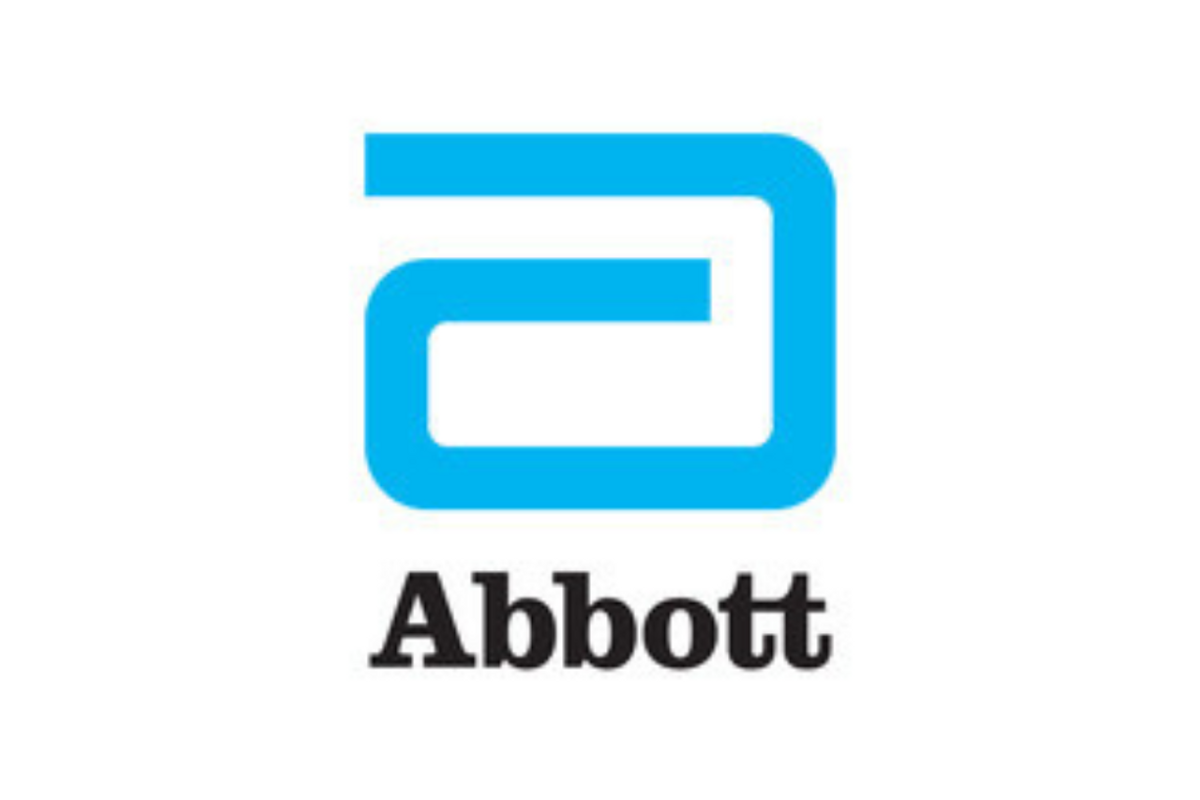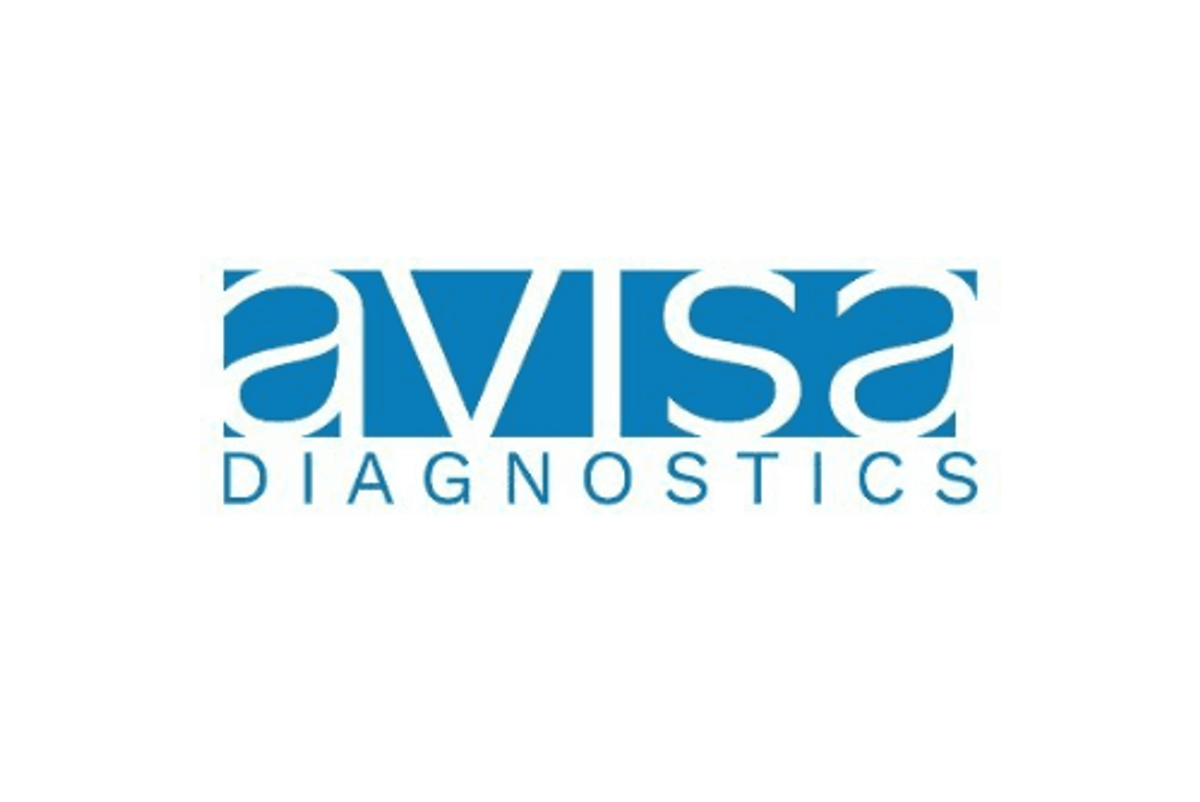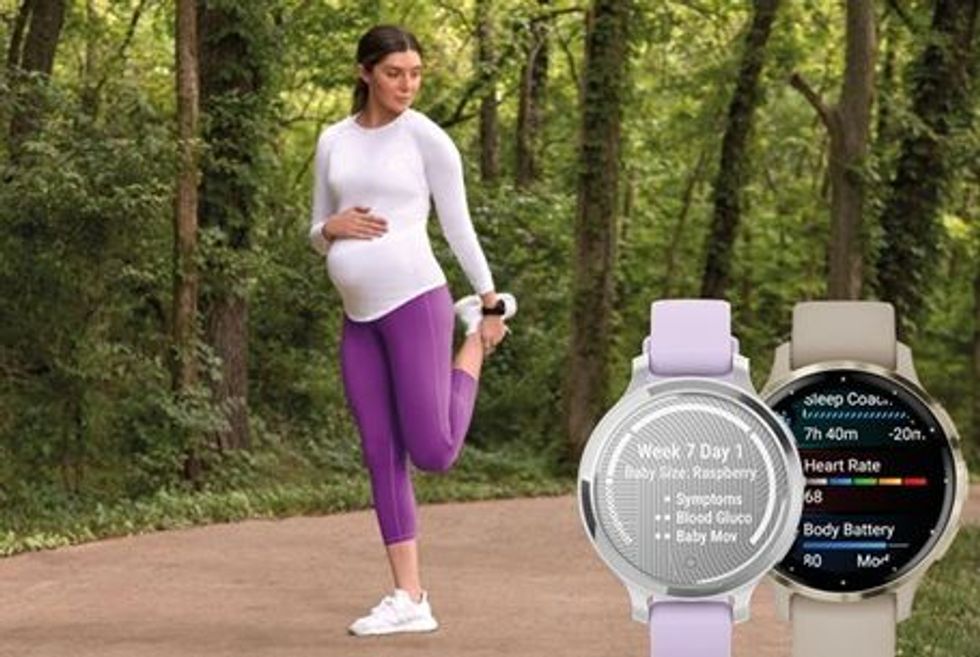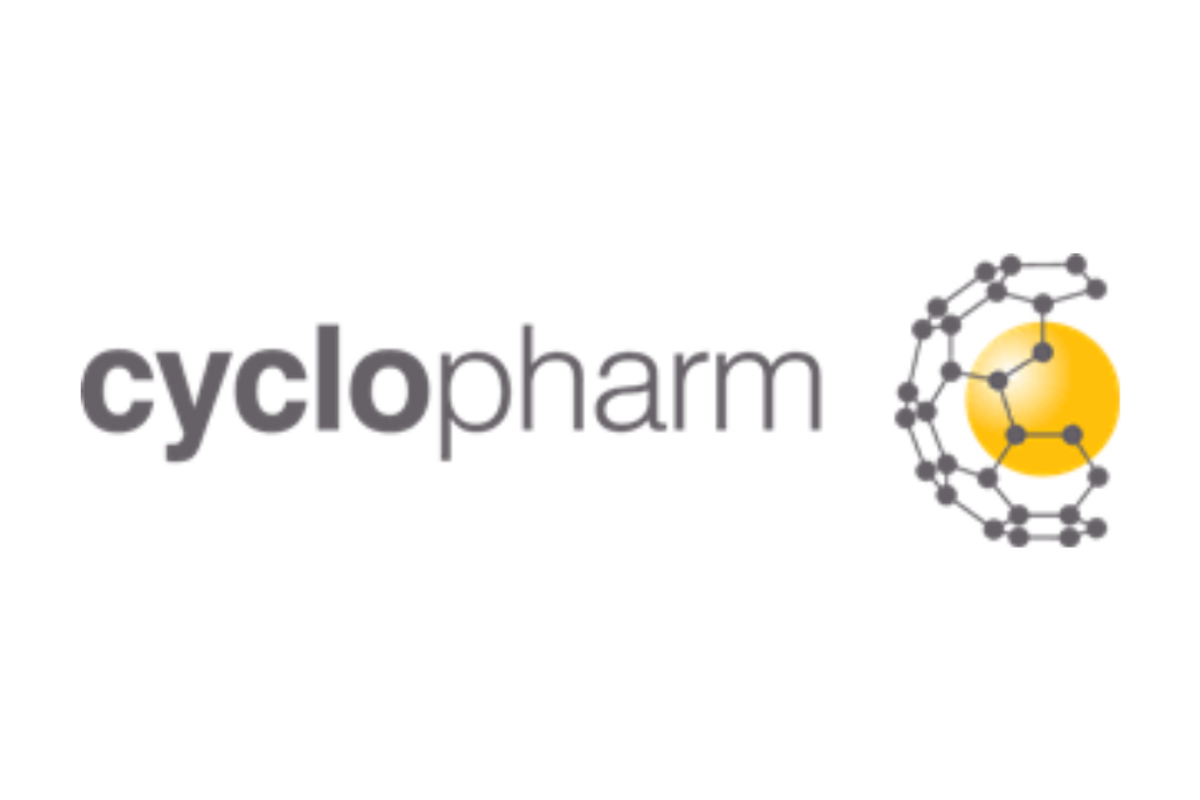- Results reinforce that Amplatzer Piccolo™ Occluder is safe and effective for closing an opening in the heart known as a "patent ductus arteriosus" (PDA) in newborns
- Study found low adverse event rates following a Piccolo procedure, showing additional benefit of the device that can help babies avoid riskier surgery
- A PDA is present in approximately 1 in 2,000 births 1
Abbott (NYSE: ABT) today announced three-year data showing the positive impact of the Amplatzer Piccolo™ Occluder on treating babies (some weighing as little as two pounds) with a potentially life-threatening hole in the heart known as a patent ductus arteriosus (PDA). The Amplatzer Piccolo device is smaller than a pea and is the world's first and only minimally invasive, transcatheter treatment approved to close a PDA in premature infants with this common congenital heart defect.
The latest data were presented at the Pediatric and Congenital Interventional Cardiovascular Society Symposium, held in Chicago from September 7-10, 2022 .
A PDA is an opening between two blood vessels in an infant's heart that fails to close as it should following birth. Before a baby is born, this channel allows blood to bypass the not-yet-functioning lungs because the fetus gets oxygen-rich blood from the mother. If the hole remains open after birth, it changes the flow pattern so additional blood is directed to the lungs, making it difficult for babies to breathe normally. Prior to the development of Abbott's minimally invasive Piccolo closure device, physicians and families often had to decide between placing a baby on respiratory support to see if the defect sealed on its own or conducting a risky surgical procedure to close the PDA.
Three-Year Results from the Amplatzer Piccolo Study
The ADO II AS trial showed the safety and effectiveness of the Amplatzer Piccolo device in closing PDAs in premature babies, with data through three years showing:
- High survival rate (95.5%), with no procedure-related deaths
- High implant success rate (95.5%) and complete PDA closure in nearly all patients
- Low device-related serious adverse event rate (2%) with no late (>1 year) device-related events
The data confirm that the Amplatzer Piccolo Occluder can offer high success rates in terms of PDA closure while offering low adverse event rates. The minimally invasive approach to delivery of the device also reduces the need to subject many of the tiniest patients to riskier surgical procedures.
"The Amplatzer Piccolo Occluder is a lifesaving device for premature infants with PDAs, many of whom require urgent treatment to survive but aren't responding to medical management and are at high risk for surgery," said Evan Zahn , M.D., director of the Guerin Family Congenital Heart Program in the Smidt Heart Institute and Department of Pediatrics at Cedars-Sinai Medical Center, and principal investigator of the ADO II AS trial. "The data from this study reinforce Piccolo's ability to safely and effectively treat this life-threatening heart problem for our tiniest patients."
About the Amplatzer Piccolo Occluder
The Amplatzer Piccolo is a self-expanding, wire mesh device that is inserted through a small incision in the leg and guided through vessels to the heart, where it's placed to seal the PDA. As a minimally invasive procedure, many of the premature babies who are critically ill in the neonatal intensive care unit can be weaned from artificial respirator support soon after the device is implanted. The U.S. Food and Drug Administration approved the Amplatzer Piccolo Occluder in 2019.
Almost seven years ago, "Little Tony" Daly of Las Vegas was the first to receive the Amplatzer Piccolo as an investigational device. Born at 26 weeks and weighing about two pounds, Tony had a PDA that caused fatigue and intestinal issues.
"We trusted the doctor's recommendation to close Tony's PDA with Abbott's Amplatzer Piccolo Occluder, and we're thankful we did – we consider the device to be our son's lifesaver," said Anthony Daly , Tony's father. "There was an immediate improvement in Tony's health just days after the procedure and today he's a thriving first grader who's active in soccer, tennis and hockey."
"There are thousands of stories of infants in need that inspire us to continue innovating to help the youngest and most vulnerable babies," said Michael Dale , senior vice president of Abbott's structural heart business. "We realize just how important our commitment to restoring health is when we hear about pediatric patients who can begin living their best lives thanks to devices like our Amplatzer Piccolo Occluder."
Abbott's portfolio of pediatric heart therapies also includes the world's smallest rotatable mechanical heart valve, the Masters HP 15mm, and the HeartMate 3 heart pump which is approved for pediatric patients. Abbott is committed to developing lifesaving pediatric devices that have an immediate impact with long-term benefits, reduce the risks of life-threatening complications and allow physicians to confidently treat the youngest and tiniest patients.
For U.S. Important Safety Information about the Amplatzer Piccolo Occluder, visit https://abbo.tt/PiccoloISI .
For U.S. Important Safety Information about the Masters HP 15mm valve, visit https://abbo.tt/MastersISI .
For U.S. Important Safety Information about the HeartMate 3, visit https://cardiovascular.abbott/hm3isw .
About Abbott:
Abbott is a global healthcare leader that helps people live more fully at all stages of life. Our portfolio of life-changing technologies spans the spectrum of healthcare, with leading businesses and products in diagnostics, medical devices, nutritionals and branded generic medicines. Our 113,000 colleagues serve people in more than 160 countries.
Connect with us at www.abbott.com , on LinkedIn at www.linkedin.com/company/abbott-/ , on Facebook at www.facebook.com/Abbott and on Twitter @AbbottNews .
1 Krasuki, R. A. (2006). Patent ductus arteriosus closure. Journal of Interventional Cardiology, 19 (5 Suppl), S60-S66.
![]() View original content: https://www.prnewswire.com/news-releases/three-year-data-on-worlds-smallest-heart-device-show-benefits-of-fixing-holes-in-newborn-hearts-without-surgery-301620348.html
View original content: https://www.prnewswire.com/news-releases/three-year-data-on-worlds-smallest-heart-device-show-benefits-of-fixing-holes-in-newborn-hearts-without-surgery-301620348.html
SOURCE Abbott












